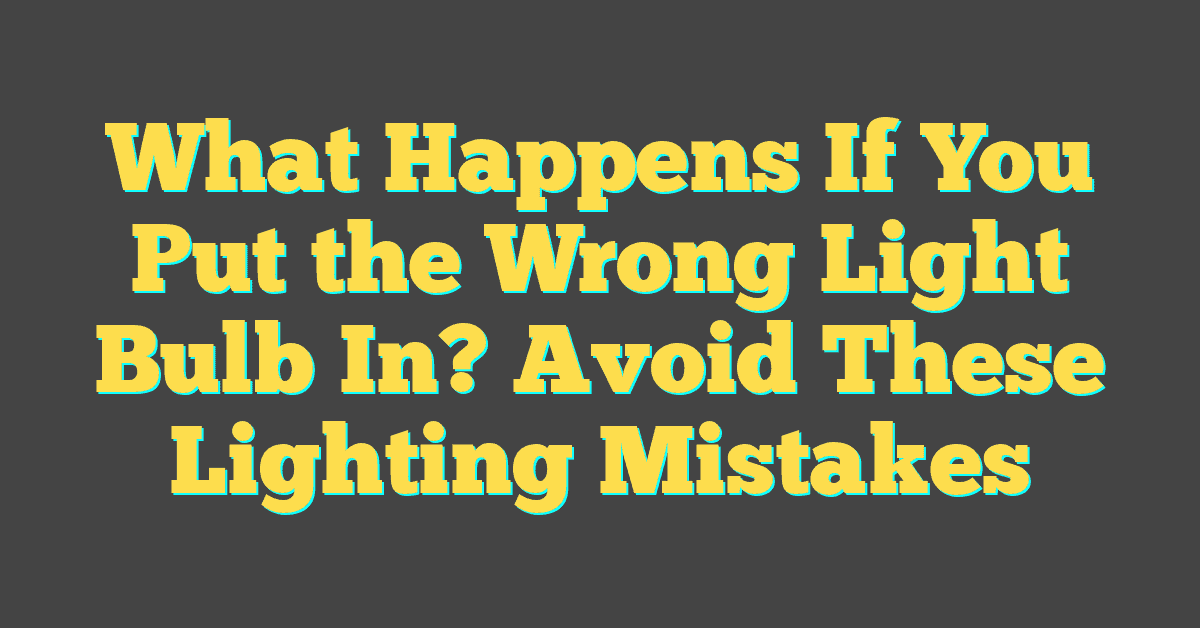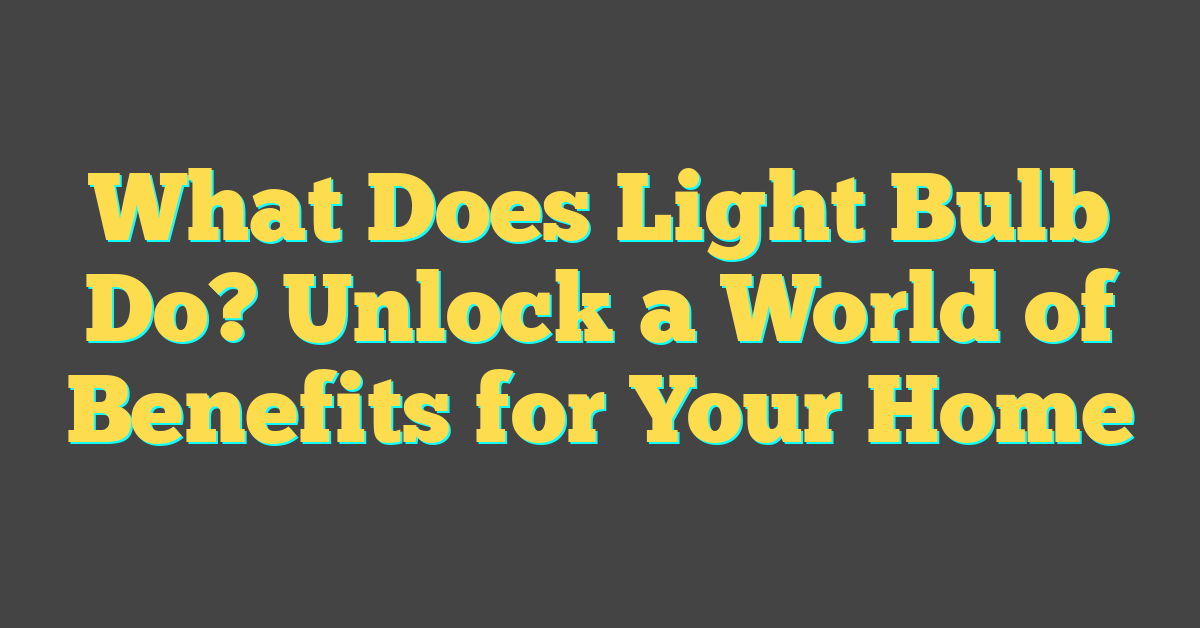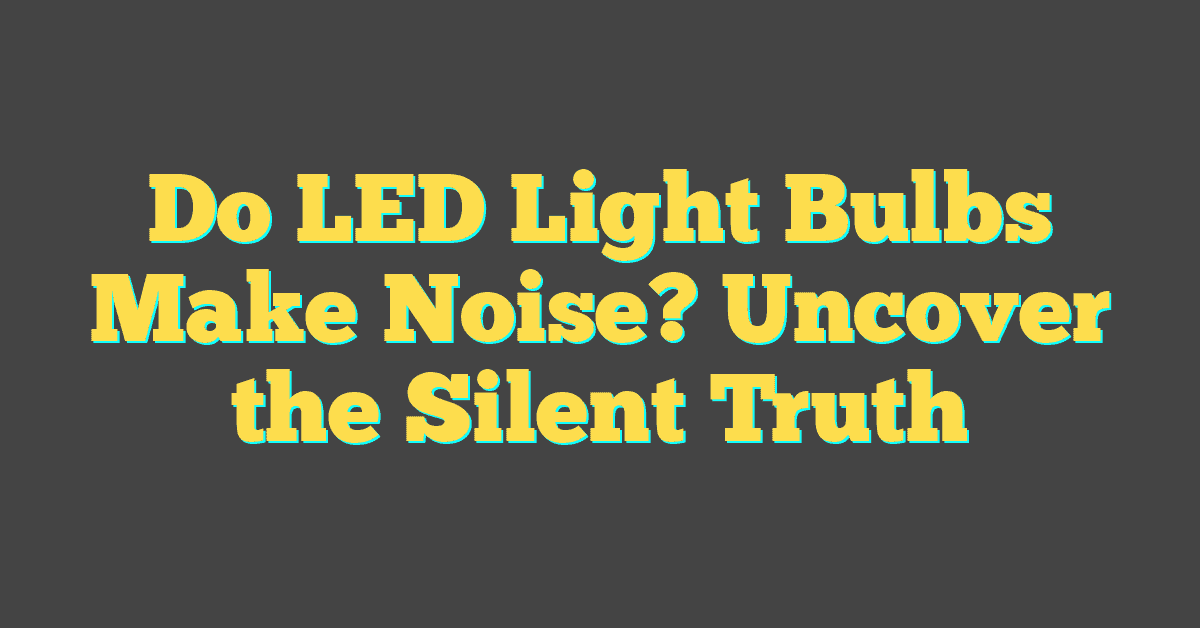Ever wondered if flipping on a light could give you a tan? It’s a quirky question that’s crossed many minds. You’re not alone in pondering whether the glow from your bedside lamp could be secretly bronzing your skin.
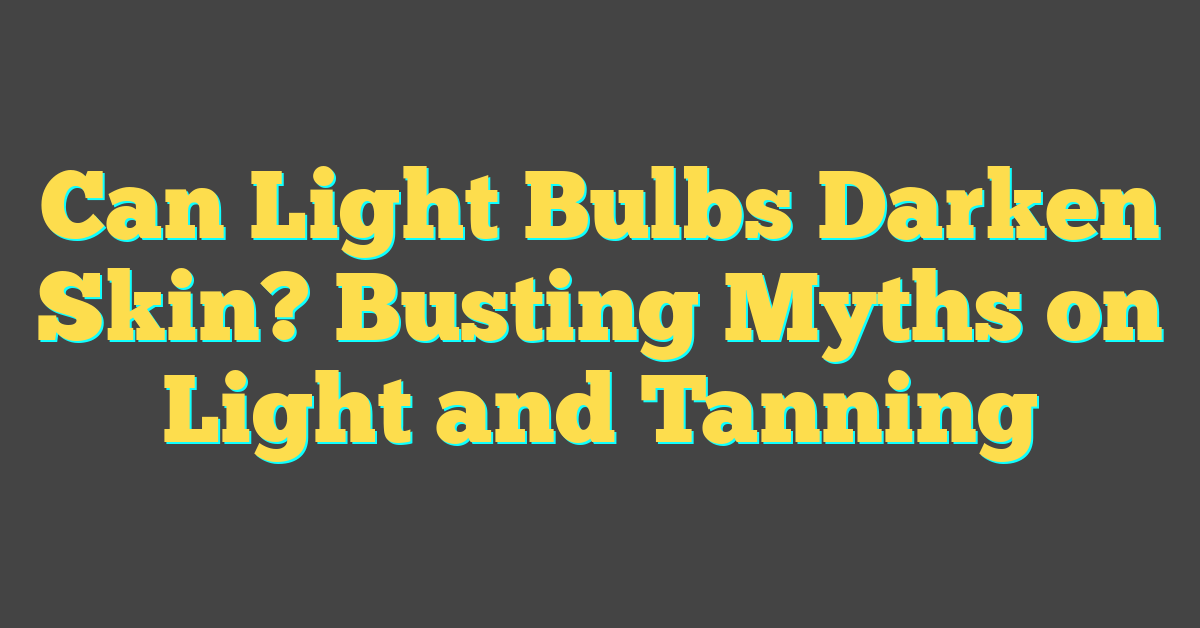
While basking in the sun’s rays is a well-known way to darken your skin, the concept of indoor lighting having the same effect seems a bit far-fetched, right? Let’s shed some light on the truth behind this illuminating question.
Navigating through the maze of myths and facts about light bulbs and skin color, you’ll find some surprising answers. Stick around as we dive into the science of skin and artificial light.
Fact or Fiction: Can Light Bulbs Darken Skin?
When you’re neck-deep in home DIY projects, the type of lighting you choose can affect more than just ambiance—it might also raise questions about your skin’s health. You’ve likely basked in the glow of various light bulbs without giving much thought to the effects on your skin. But can those light bulbs actually contribute to a tan?
Firstly, let’s illuminate the primary culprit for tanning: ultraviolet (UV) radiation. The sun’s rays are packed with these UV rays, which trigger melanin production in your skin, leading to that sun-kissed color. On the other hand, most standard indoor light bulbs do not emit enough UV radiation to darken your skin. Whether it’s the warm hue of an incandescent bulb or the energy-efficient glow of an LED, the UV output is typically minimal.
However, that’s not to say all artificial lighting is created equally silent on the tanning front. Certain types of tanning bulbs are designed to mimic the sun’s impact and emit UV rays at a much higher intensity. It’s important to recognize the difference between these specialized bulbs and the common light fixtures found in homes.
- Incandescent bulbs: Low UV emission
- Fluorescent bulbs: Slightly higher UV emission, but usually not enough to tan
- LED bulbs: Minimal to no UV emission
- Tanning bulbs: High UV emission designed for tanning the skin
If you’ve been swapping out old bulbs or tinkering with different lighting options in your DIY endeavors, rest assured that your everyday light bulbs are less likely to serve as a makeshift sun. For those worry-free late nights spent under the gleam of your favorite lamp, the chance of getting a tan from these sources is relatively low. Just remember, when dealing with lighting, always prioritize safety—you wouldn’t want your quest for the perfect illumination to leave you with unintended consequences.
Understanding the Science Behind Skin Color

Your skin color isn’t just a matter of genetics; it’s a dynamic feature, continuously influenced by the environment. At the heart of it all is melanin, the pigment that gives your skin, hair, and eyes their color. Melanin is produced by cells called melanocytes, and it’s pretty fascinating how your body orchestrates its production.
Melanin serves as your skin’s natural sunblock, created in response to ultraviolet (UV) radiation to protect your deeper skin layers from damage. There are two types of melanin: eumelanin, which contributes to dark tones, and pheomelanin, which leads to lighter hues. Here’s where your interest in DIY and lighting really ties in: just as you’d choose the right type of paint for a project, your body chooses the type of melanin to synthesize based on genetic instructions and environmental cues.
When you step outside into the sunlight, UV rays stimulate melanocytes, ramping up melanin production. More UV exposure generally means more melanin, resulting in a darker tan. But indoors, standard bulbs typically lack the intensity and spectrum of sunlight needed to significantly affect melanin. Let’s break it down.
- Sunlight contains a broad spectrum of light, including UVA and UVB rays.
- Most indoor lighting emits negligible levels of UV radiation.
- Specialized tanning bulbs mimic the sun’s UV spectrum to varying degrees.
So, as a DIY guru who loves understanding how things work, you can appreciate that while everyday light bulbs light up your space, they’re not designed to change your skin tone. Your lighting choices can set the mood or highlight your latest home project, but they won’t double as a tanning solution.
Still, as you consider lighting options, it’s wise to think beyond aesthetics. Ever notice how certain light can make you feel? Some bulbs can affect mood or disrupt sleep, similar to how the sun’s rays impact well-being. The interplay between light and life is intricate—illumination goes beyond mere visibility and plays a role in physiological processes, akin to how you tailor a room’s look and feel with specific lighting scenarios.
The Sun vs Artificial Light: Is There a Difference?

When you’re considering whether artificial light affects your skin color, it’s essential to understand the key differences between the sun and light bulbs. The sun emits a broad spectrum of light, including ultraviolet (UV) radiation, which plays a crucial role in the production of melanin in your skin. UVB rays are primarily responsible for producing that sun-kissed tan or, unfortunately, a sunburn.
« How to Tell if Light Bulb Socket is Bad: Quick Fixes Revealed
Why Light Bulbs Are Important: Illuminate Your World & Enhance Your Life »
In contrast, most artificial light sources, such as the LEDs or fluorescents you use at home, emit very little to no UV radiation. Light bulbs are crafted predominantly for their luminescence and energy efficiency rather than their resemblance to natural sunlight. Therefore, while you may love basking in the cozy glow of your living room lamp, it’s not likely to darken your skin.
Let’s dive into some figures to illustrate the disparity:
- Natural Sunlight: Approx. 10% UV radiation
- Standard LED Bulbs: Less than 0.1% UV radiation
- Fluorescent Bulbs: Slightly higher UV than LEDs but still significantly less than sunlight
If you’re a DIY enthusiast, you might know that certain specialized bulbs, like those used in tanning beds, are designed to produce higher levels of UV radiation. However, these are not your standard household bulbs and require precautions due to potential health risks associated with UV exposure.
Aside from UV content, intensity, and exposure duration significantly differentiate sunlight from its artificial counterpart. Remember, lounging outside on a bright sunny day will expose you to more intense UV radiation over a shorter period compared to the diffused, weaker output of indoor lighting over long hours.
While some light bulbs are labeled “full-spectrum” to mimic the natural light spectrum, including visible light and a small amount of UV, they’re still a far cry from the sun’s robust rays. These full-spectrum options are often sought for their potential mood-enhancing benefits rather than their ability to tan skin.
The Effects of Different Types of Light on Skin
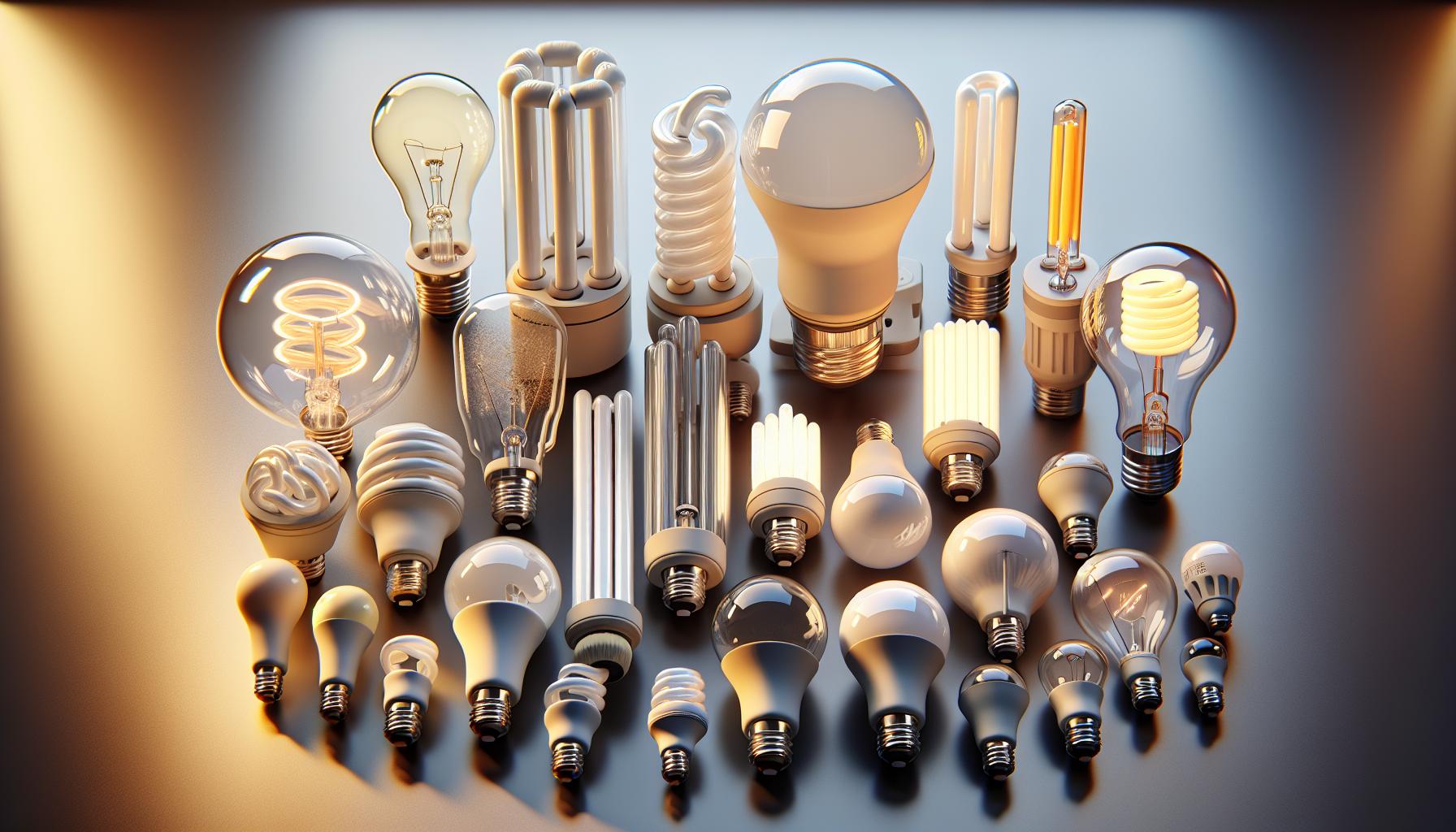
When you’re selecting light bulbs for your home DIY projects, not only are you looking for that perfect ambiance or energy efficiency, but it’s also worth considering the impact they may have on your skin. Let’s delve into how various lighting options can affect skin coloration.
Incandescent Bulbs: Traditional bulbs emit a broader spectrum of light, including a small amount of UV radiation. However, the levels are minimal and typically not enough to darken your skin significantly. If you love that warm glow, rest assured, it’s not likely to contribute to a tan.
Fluorescent Lights: These are the mainstays in many offices and commercial spaces. Like incandescent, standard fluorescents emit low levels of UV radiation. However, they may contribute to skin aging over time if you’re exposed for prolonged periods. It’s something to consider if you’re setting up a workshop or crafting area where you’ll spend a lot of time under these lights.
LED Lights: The go-to choice for energy-saving lighting, LEDs are designed to emit light without producing much UV radiation at all. So if you’re retrofitting your home with LEDs for their efficiency, you won’t need to worry about them affecting your skin tone.
Halogen Lights: A bit of an outlier, halogens emit higher levels of UV radiation than other artificial lights, albeit still lower than natural sunlight. If they’re part of your home lighting plan, you might notice a slight change in skin tone, but this is usually negligible.
For those who use light therapy devices for various skin conditions, it’s important to note that these devices are specifically designed to emit certain types of light, including UV. Always use such devices under medical supervision, as they are powerful and targeted compared to your everyday home lighting.
Remember, your primary goal in choosing light bulbs is typically related to visibility and energy consumption. The potential for skin darkening is quite low with artificial lighting, with the exception of intentional UV-emitting devices like tanning beds. Keep this in mind as you illuminate your DIY spaces—you’re in control of both the light and the potential effects on your skin.
Debunking Common Myths about Light Bulbs and Skin Color
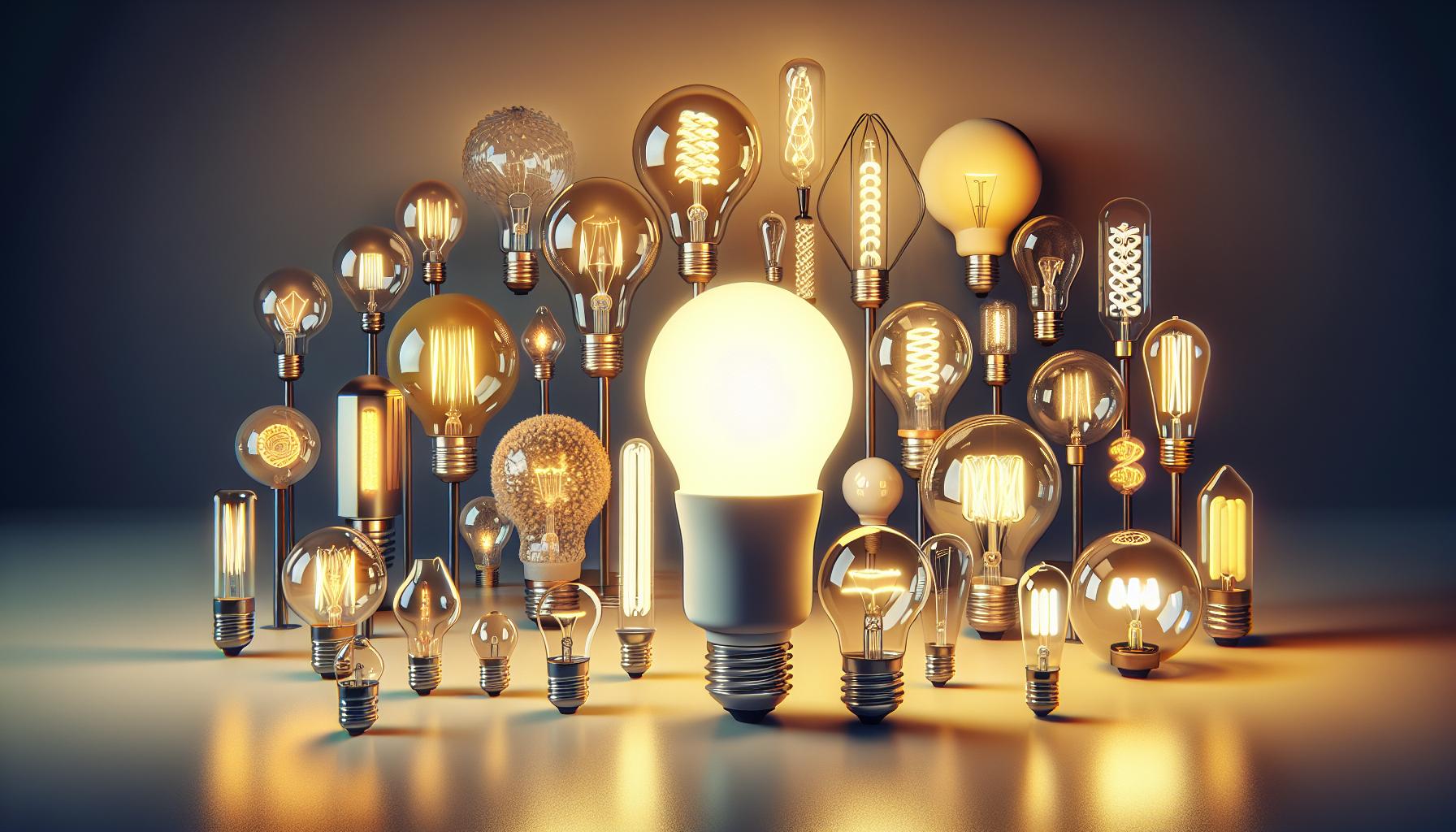
As someone immersed in the world of home DIY and lighting, you’ve probably heard a handful of myths about light bulbs and their effects on skin color. Let’s clear up some misconceptions and give your skin the consideration it deserves without the misinformation.
Myth 1: All Light Bulbs Can Cause Tanning
This couldn’t be further from the truth. Most household light bulbs, like the popular LEDs and incandescents, emit negligible amounts of UV radiation. This means that, contrary to popular belief, lounging under your cozy reading lamp is unlikely to contribute to your summer glow.
Myth 2: Fluorescent Lights Are Safe for Skin
This myth is a bit tricky. While standard fluorescent bulbs emit low levels of UV radiation, they can still contribute to skin aging, especially with prolonged exposure. Replace old fluorescent tubes with newer, safer options or consider a different type of lighting if you’re concerned about your skin’s health.
Myth 3: The Brighter the Bulb, the Higher the Risk
Brightness does not equate to UV exposure. Brightness levels, measured in lumens, relate to visible light, not UV radiation. So while a dimly-lit ambiance might set a mood, it won’t necessarily protect your skin from UV exposure anymore than a brilliantly lit room might harm it.
Myth 4: Halogen Bulbs Can’t Affect Skin Color
Although halogen bulbs do emit more UV radiation compared to other household types, the amount is still minimal to cause any significant skin darkening. However, as with any source of UV light, it’s best to not have direct, prolonged skin exposure.
As you toggle between lumens and watts, remember these myth busters and choose your lighting wisely. Not just for ambiance or clarity, but for the health of your skin. And when delving into light therapy, always seek professional guidance to ensure you’re getting the benefits without unintended side effects. Keep in mind, while artificial light sources have minimal impact on skin coloration, the sun is still your primary concern for UV exposure and skin health.
Conclusion
Rest easy knowing your everyday light bulbs aren’t likely to be the culprits behind any skin darkening. Remember, it’s the sun’s rays you need to watch out for when it comes to UV exposure and its effects on your skin. So go ahead, illuminate your space without worry and always protect your skin when you step outside. If you’re considering light therapy or have concerns about the lights you use, don’t hesitate to reach out to a professional. They’ll steer you in the right direction for both your skin’s health and your peace of mind. Keep shining bright and take care of that skin!
Frequently Asked Questions
Do regular household light bulbs cause tanning?
No, most household light bulbs, including LEDs and incandescents, do not emit enough UV radiation to cause skin tanning.
Can fluorescent bulbs affect my skin?
Yes, standard fluorescent bulbs emit low levels of UV radiation which can contribute to skin aging if one is exposed for prolonged periods.
Does a brighter light bulb increase UV exposure?
No, the brightness of a bulb is not directly related to UV exposure. Brightness does not equate to UV radiation levels.
Are halogen bulbs safe for my skin?
Halogen bulbs emit more UV radiation compared to other household bulbs, but the levels are generally too low to cause significant skin darkening.
What should I consider when choosing lighting for my home?
Choose lighting that minimizes UV radiation exposure to safeguard skin health. Seek professional advice if using light therapy.
Can artificial light sources affect my skin as much as the sun?
Artificial light sources have a minimal impact on skin coloration when compared to the amount of UV radiation from the sun, which remains the major concern for skin health.

